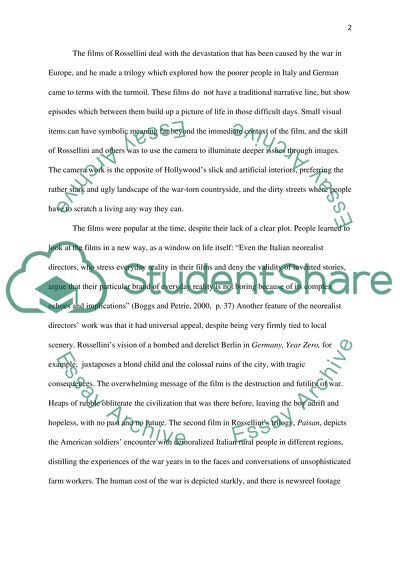Cite this document
(“How Neorealism before 1950 Affected Film History Essay”, n.d.)
Retrieved from https://studentshare.org/visual-arts-film-studies/1440374-how-neorealism-before-1950-affected-film-history
Retrieved from https://studentshare.org/visual-arts-film-studies/1440374-how-neorealism-before-1950-affected-film-history
(How Neorealism before 1950 Affected Film History Essay)
https://studentshare.org/visual-arts-film-studies/1440374-how-neorealism-before-1950-affected-film-history.
https://studentshare.org/visual-arts-film-studies/1440374-how-neorealism-before-1950-affected-film-history.
“How Neorealism before 1950 Affected Film History Essay”, n.d. https://studentshare.org/visual-arts-film-studies/1440374-how-neorealism-before-1950-affected-film-history.


